Sawdust In A Composting Toilet: Good, Bad, Or Just Ugly?
Composting toilets are a type of toilet that uses natural materials to decompose humanure and other organic waste.
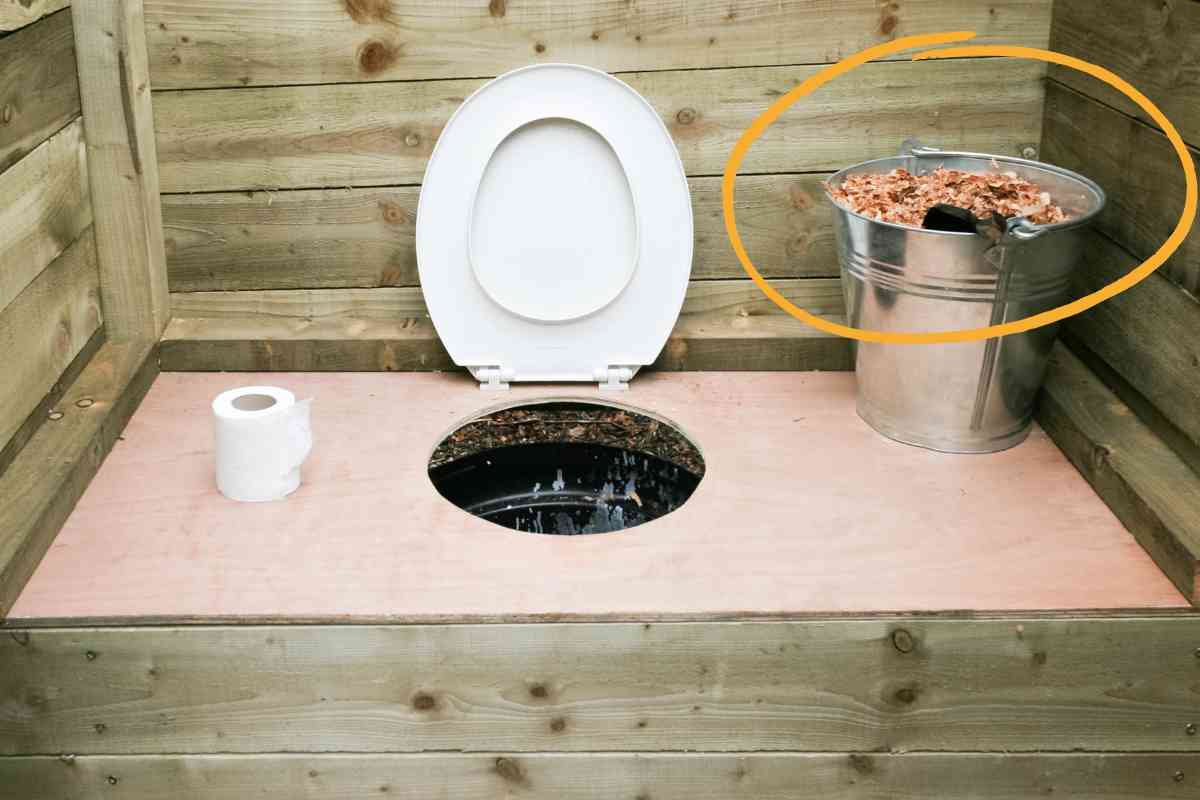
Can you use sawdust in a composting toilet?
You can use sawdust in a composting toilet as it contains bacteria and microbes that help break down the waste. And the fact that you need buckets, one for urine and the other for fecal matter, makes it impossible to produce foul smells.
There are many types of composting toilets, but one popular option is the sawdust toilet, a type of composting toilet which utilizes sawdust to aid in the breakdown process.
In this article, we’ll explore what a sawdust composting toilet is, how it works and why someone might choose it over other types of toilets.
What is a Sawdust Compost Toilet?
A sawdust compost toilet is any composting facility that incorporates wood shavings into its design for better decomposition capability. This setup commonly involves using two buckets, one for collecting urine and another for collecting solid wastes.
Each bucket is lined with treated peat moss or other absorbent material like shredded newspaper or paper towels before adding layers upon layers or “fluff” consisting of wooden shaving, sand, or sawdust between each layer.
This helps manage odors while simultaneously helping break down organic matter more efficiently than would occur naturally due to oxygenation by microbes present within the material. This ultimately results in cleaner water being discharged back into nature after passing through its filtration systems.
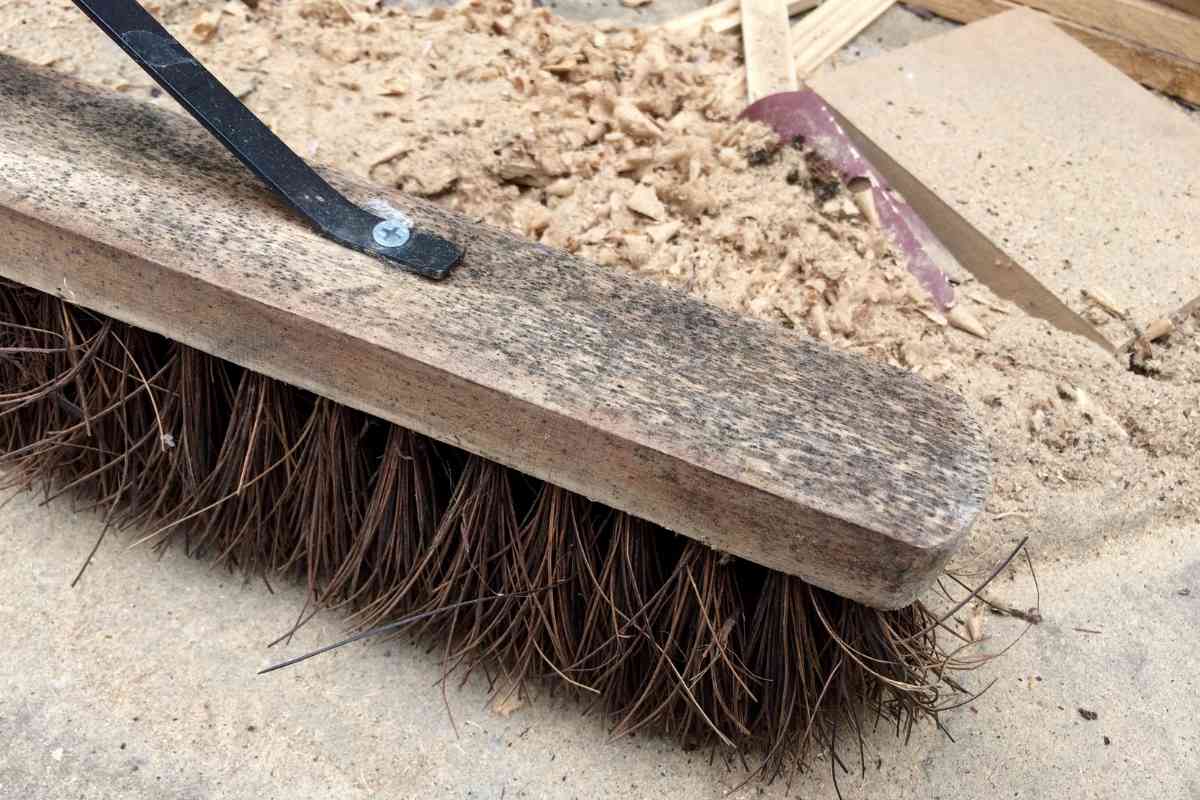
How is Sawdust Used in a Composting Toilet?
Sawdust has long been used by those looking for an effective odorless way to dispose of their humanure without investing heavily in expensive chemical treatments like lime or bleach products often required when using conventional septic tank systems.
The fact that wood shavings can be relatively inexpensive compared to these high-cost alternatives makes them even more attractive if budget is considered when designing your own green bathroom.
Besides, they provide excellent insulation properties, which help keep temperatures higher during colder climates.
Sawdust is a perfect candidate for underground digesters since cold ground temperatures can inhibit activity levels within microbial ecosystems responsible for breaking down wastes effectively, thus leading to foul smells emanating from underground pits.
How Does Saw Dust Work in a Composting Toilet?
The natural processes involved within all forms of traditional aerobic digestion primarily rely on three main components:
- Oxygenation is provided via air entering from above the surface level.
- Warm temperature is generated via sunlight exposure or active heating sources.
The electric element beneath the tank. This allows friendly bacteria populations inside material matrix structure to help reduce unpleasant odors given enough time under optimal conditions.
However, it must be combined with adequate moisture levels added manually, usually before covering the fluffed top layer, as it may further hasten associated effects.
During this reaction phase, carbon dioxide & nitrogen-rich compounds become available, aiding further respiration amongst molecular chains already present inside the mix turning raw biomass products consumed earlier into products used to fertilize the soil.
The most tricky part with a sawdust composting toilet is finding a balance between the wet and dry sawdust pile. This is because too much of it can turn your pile into an organic mess, and too little can result in your composting toilet not working as it should.
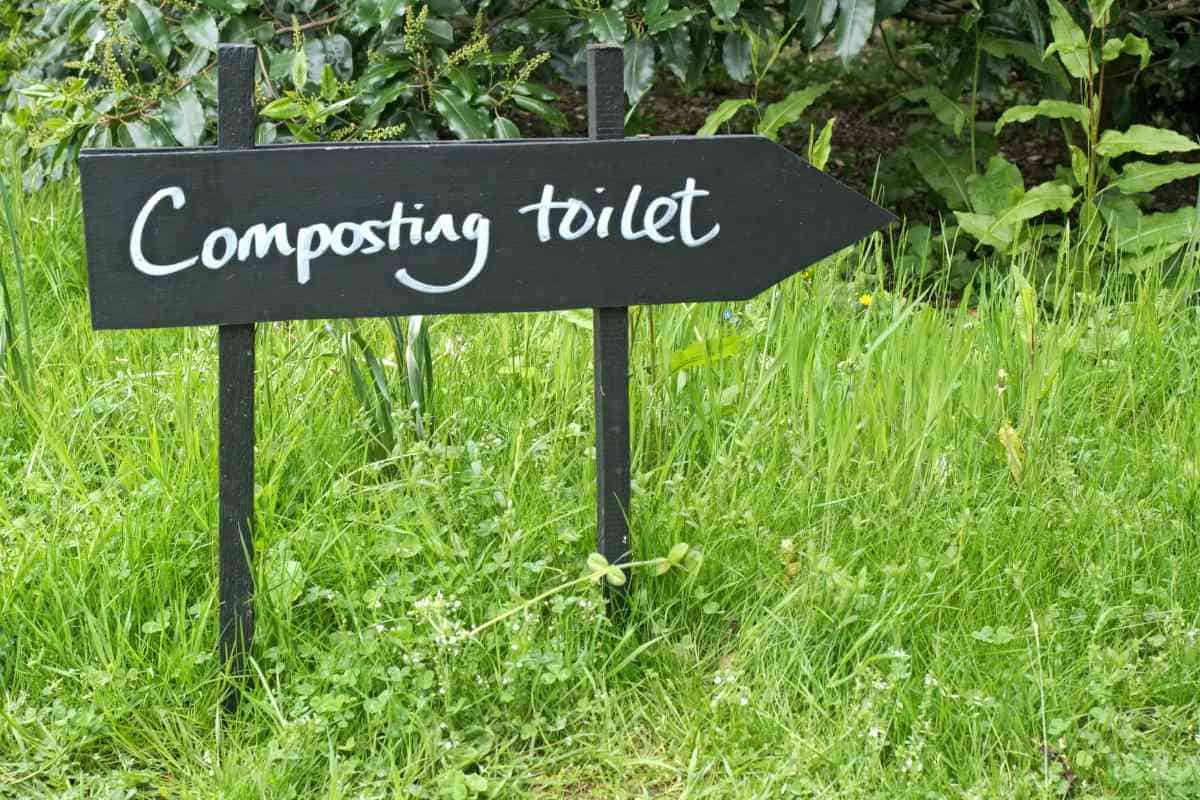
Element of a Compost Toilet
When building a compost toilet, there are several key components you will need to consider. The first is the container itself. This can be anything from a bucket or bin to a more elaborate system with multiple containers.
You will also need to ensure that the container is lined with an absorbent material such as peat moss, sawdust wood shavings, newspaper, or paper towels to hold in moisture and smell while helping break down organic matter more efficiently.
You should also use treated sawdust which has been processed into small pieces and mixed with other additives like activated charcoal for extra odor control. This step helps reduce odors by trapping them within its particles before they have time to penetrate air around the environment where your compost toilet is.
Lastly, don’t forget to add cover material, like straw, to top off all waste deposits during each use session to keep insects from fecal matter deposited inside.
Why Does a Composting Toilet Smell?
Your composting toilet may smell due to the following:
- The sawdust or composting pile is too wet.
- Use of harsh chemicals when cleaning the toilet
- The compost pile is exposed to extreme temperatures, especially during summer. This is because warm temperatures kill bacteria and microbes.
- The fan has malfunctioned.
Ways to Eliminate Bad Smells in a Composting Toilet
Fortunately, there are a few ways to reduce or eliminate bad smells when using a composting toilet.
- Use separate buckets for urine and fecal matter.
- The first is to use an absorbent material like peat moss or sawdust wood shavings between layers of waste in the container. This will help trap and break down odors before they have time to spread throughout the environment.
- Additionally, adding carbon-based materials such as activated charcoal granules can help reduce the smell by absorbing them from the air around it. This method works exceptionally well in warmer climates where the buckets’ temperatures tend to rise significantly.
It creates a more active microbial ecosystem increasing the chances of scents being released due to accelerated respiration activities occurring within the mix.
- Add a tiny amount of manure from your livestock to speed up the composting process.
- Spray the sawdust with water lightly after using the toilet.

Benefits of a Composting Toilet
- Composting toilets offer many benefits over traditional systems, not least of which is their environmentally friendly approach to waste management.
- Composting toilets convert human waste into a rich fertilizer, which enriches the soil.
- Reduced energy consumption and increased efficiency are achieved thanks to unique design features. Composting toilets are great for off-the-grid living.
- Do not take up too much space. Thus convenient for people living in tiny houses or mobile homes.
Key Takeaways
- Compost toilets can help reduce their environmental impact and save money.
- Sawdust wood shavings help break down organic matter more efficiently.
- Carbon-based are added for extra odor control.
- Replenishment treatments help keep organic compounds within proper limits.

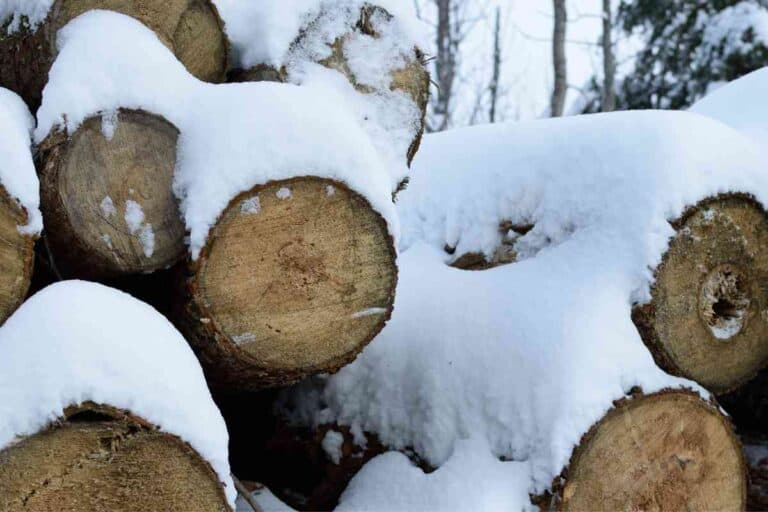



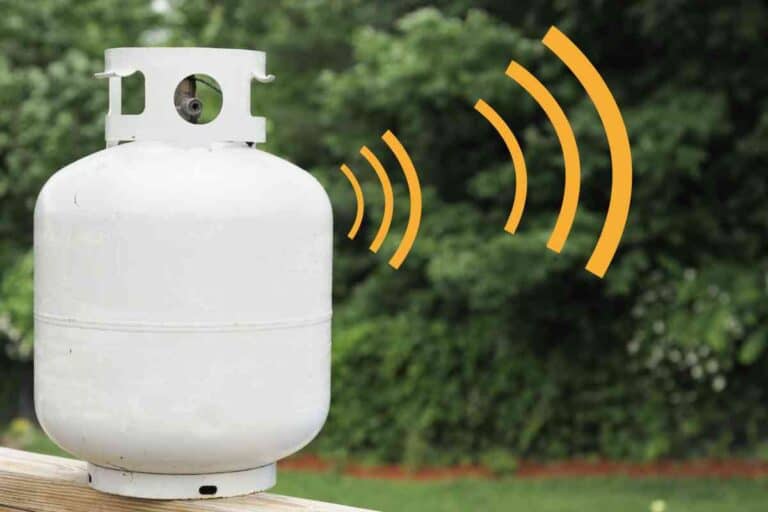

Every coconut coir I’ve ever used is full of fruit fly eggs. I’m going to try sawdust and shavings next as I doubt it will be infested with eggs.